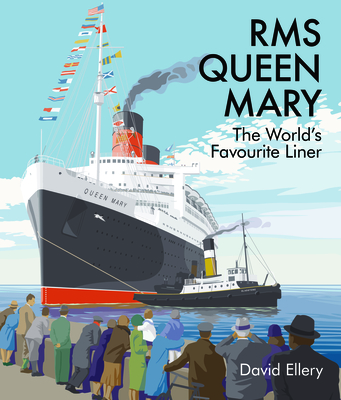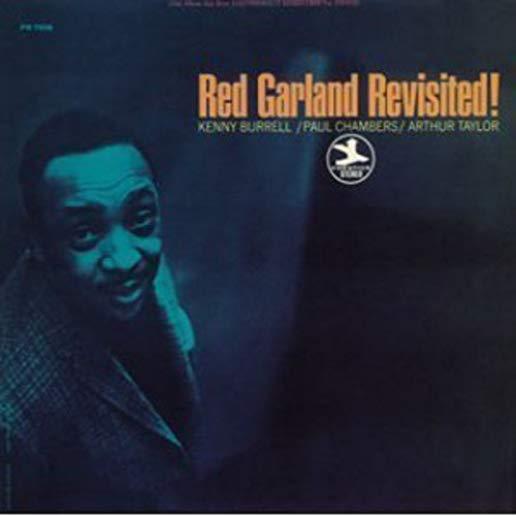
description
nly one of the best-loved ships in the world, the Cunard transatlantic liner RMS Queen Mary has now been preserved at Long Beach, California as a floating hotel and tourist attraction for more than fifty years, comfortably longer than her 31-year career as an ocean liner. Laid down in 1930, Queen Mary's construction was severely delayed by the Great Depression. Eventually completed in 1936, the ship was an instant success, capturing the famous Blue Riband for the fastest crossing of the Atlantic later that year, and regaining it in 1938. During the Second World War she served as a troop ship, carrying a total of 810,730 troops and also setting the record for the most individuals carried in a single voyage - 16,683 - which stands to this day. By the time she ceased passenger service in 1967, superseded by the airliner as the preferred mode for international travel, Queen Mary had carried nearly three million people, from royalty, politicians and film stars to emigrants and cruise passengers. After her sale to the city of Long Beach she underwent a major conversion for her new life as a visitor attraction, a role she has continued ever since. During this time, however, her story has been far from straightforward, with controversies over management, funding and even the structural integrity of the very ship itself. She now remains the only 1930s superliner left in the world. The original edition of RMS Queen Mary, the World's Favourite Liner was published in 1994. This new and expanded edition has been completely revised and brought up to date to describe the ship's last twenty-five years, and it incorporates a wealth of new photography. Lavishly produced and stunningly illustrated throughout with views of the ship under construction, at sea in her heyday and at rest in Long Beach, it will appeal to all ocean liner enthusiasts and those more general readers fascinated by the heyday of transatlantic travel.
member goods
No member items were found under this heading.
listens & views

ANTHOLOGIE DE LA POESIE DE ...
by ANTHOLOGIE DE LA POESIE DE LANGUE FRANCAISE / VA
COMPACT DISC$56.99
Return Policy
All sales are final
Shipping
No special shipping considerations available.
Shipping fees determined at checkout.






